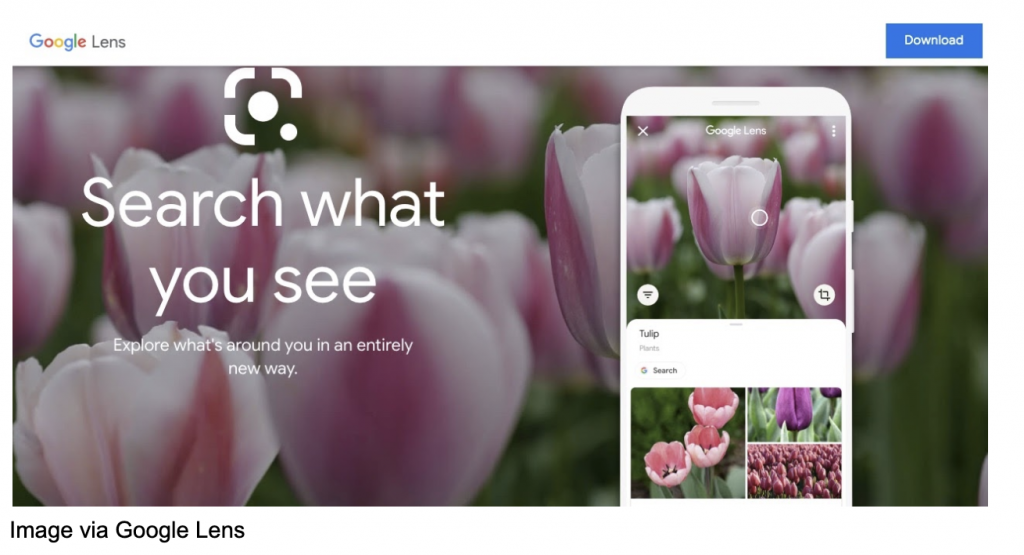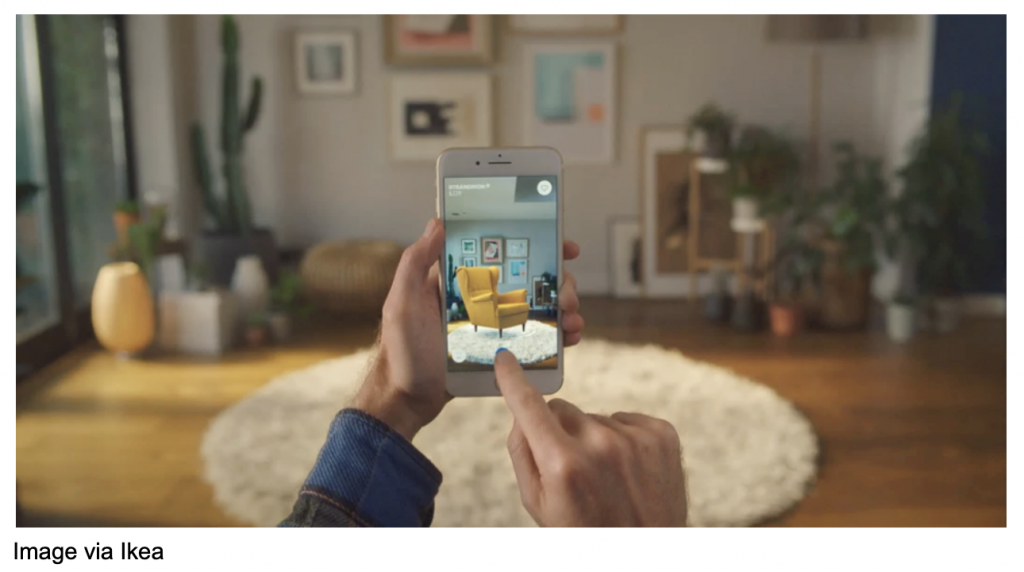 In February of 2019, online shopping surpassed the market share of general merchandise stores, and worldwide ecommerce sales continue to grow at 20.7%.
In February of 2019, online shopping surpassed the market share of general merchandise stores, and worldwide ecommerce sales continue to grow at 20.7%.
Online shopping will continue to grow. But if there’s one advantage that real-world shopping has over virtual, it’s the visual experience.
The Power of Visual
When you see something that you like in a physical store, you can purchase it on the spot. You might even be inspired to buy another item that complements the one that you’ve set your heart on.
But in online stores, it’s nearly impossible to find the “cute brown dress” that your friend wore yesterday or the “eclectic Middle Eastern ornament” hanging on your neighbor’s front door unless you know the exact keywords for them.
This is where visual artificial intelligence—or visual AI—can help.
What Is Visual AI?
Visual AI is a technology that can analyze and extract useful information from images using image processing and deep learning techniques.
This information can be used to intelligently recognize photos for face identification, portrait segmentation, overexposure detection, or other image-related applications.
And if you’re in the ecommerce business, visual AI technology has a few tricks up its sleeves that can help you boost your sales.
Following are some of the best ways you can use visual AI online.
How to Use Visual AI to Boost Ecommerce Sales
Did you know that people are willing to spend more time with visual and audio content than text content?
If that’s really the case, why are most of the searches we do text-based?
The answer is simple: because there hasn’t been any good-enough technology that can help us do visual searches.
But there are reasons why visual AI technology is being developed seriously.
Its estimated market value in 2019 was $1,695.93 million and is expected to register a compound annual growth rate of 24.82% through 2025.
Google image search volume is also the second most used form of search (22.6%) after Google web search (62.6%) at the top and far more than YouTube search (4.3%) at number three.
Pinterest Lens is among the most advanced visual search tools available today.
Google has a similar image search tool called Google Lens, while Microsoft has also developed visual search for Bing.
 How to Use Visual AI?
How to Use Visual AI?
Here are some of the ways you can take advantage of visual AI to boost sales in your online store.
- Provide More Relevant Searches. Visual AI can help your prospects find the products they want through an image search even if they don’t know the keywords. The search will bring up products that are similar to the image provided, and this can help them spot the products they want with ease. A study conducted by Syte.ai discovered that customers using visual searches found exactly what they were looking for five times faster than those who used textual searches. Additionally, the rise of visual AI technology can help you get more traffic from visual searches in the search engines.
- Tag Images Automatically. The best thing we can do today is to add relevant tags to the images so that they can appear as results in related search results. But adding multiple relevant tags to images manually is a daunting task, especially if your online store has hundreds (or thousands) of images. Additionally, there’s no guarantee that the manual insertion will cover all the tags those images need to appear in relevant search results. Visual AI can automate this task by analyzing your images and adding all relevant tags, hands-free.
- Spy on Competitors’ Visuals. Managing your social media content in the competitive ecommerce world is not a walk in the park. New social campaigns are launched every day, and many might be from your competitors as well. Visual AI can help you analyze your competitors’ visuals, learn what works, and what doesn’t. Based on those insights, you can plan your campaign and create stellar content with the help of content creation tools.
- Integrate with SMS Marketing. Text-based marketing is great for ecommerce businesses. It drives 14% clickthrough rate, 592% higher order rate than email, and 47.7% conversion, among other advantages. And integrating visual AI into the platform can multiply that result. People share images and videos via SMS regularly, and so do brands. You can figure out what sort of visuals work with your target audience and send out those visuals through your text marketing campaigns to drive sales.
- Personalize Customer Experience. Visual AI can also help improve your customer experience through personalization. You can combine it with augmented reality to give people an immersive shopping experience. IKEA has already implemented this idea via the IKEA Place mobile app. The app lets customers point their phone camera to a room, then choose and “place” virtual IKEA furniture there. Customers can mix and match the furniture they want with the existing room. The app also takes the room measurements so customers can choose items that fit in the space available.

- Give Customers What They (Don’t Know They) Want. Visual AI can help you boost the sales of your ecommerce store by finding items related to what your customers have already bought. You can recommend these items to them as upsells or cross-sells. For example, if someone buys a formal shirt in light blue, you can use visual AI to recommend a matching navy blue tie and a dark jacket. You could go further with pants, shoes, a watch, a bag, and other related items, too.
Where Do We Go From Here?
Visual AI technology is already alive and kicking today.
The early adopters in the commercial area are the fashion and interior design industries. And looking at the current trends, you can be sure that the technology will continue to grow.
Customers can search using images instead of text and get relevant results. And even if they still use text, they will get more relevant results because of image tagging.
Visual AI can also help ecommerce players plan better marketing campaigns by analyzing their competitors’ visuals. They can also integrate visuals into their SMS marketing to personalize their customers’ experiences, and give them better buying suggestions.
Pinterest CEO Ben Silbermann summed it perfectly, “The future of search will be about pictures rather than keywords.”
Do you believe in the potential of visual AI to boost ecommerce sales? Share your thoughts in the comments below.